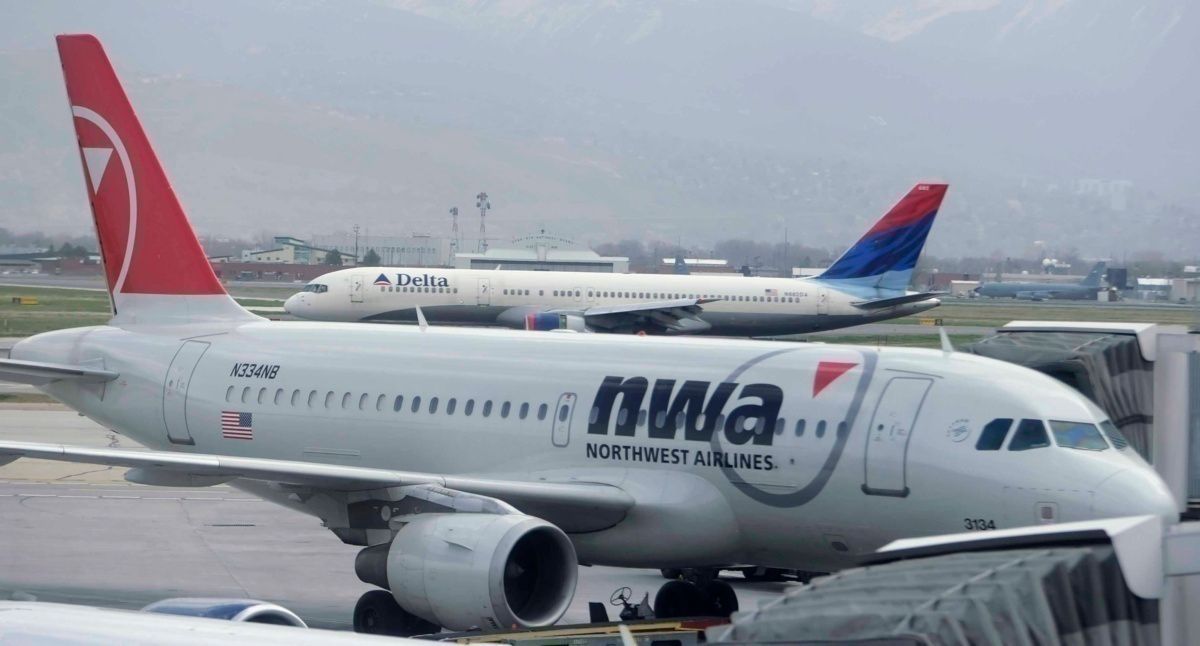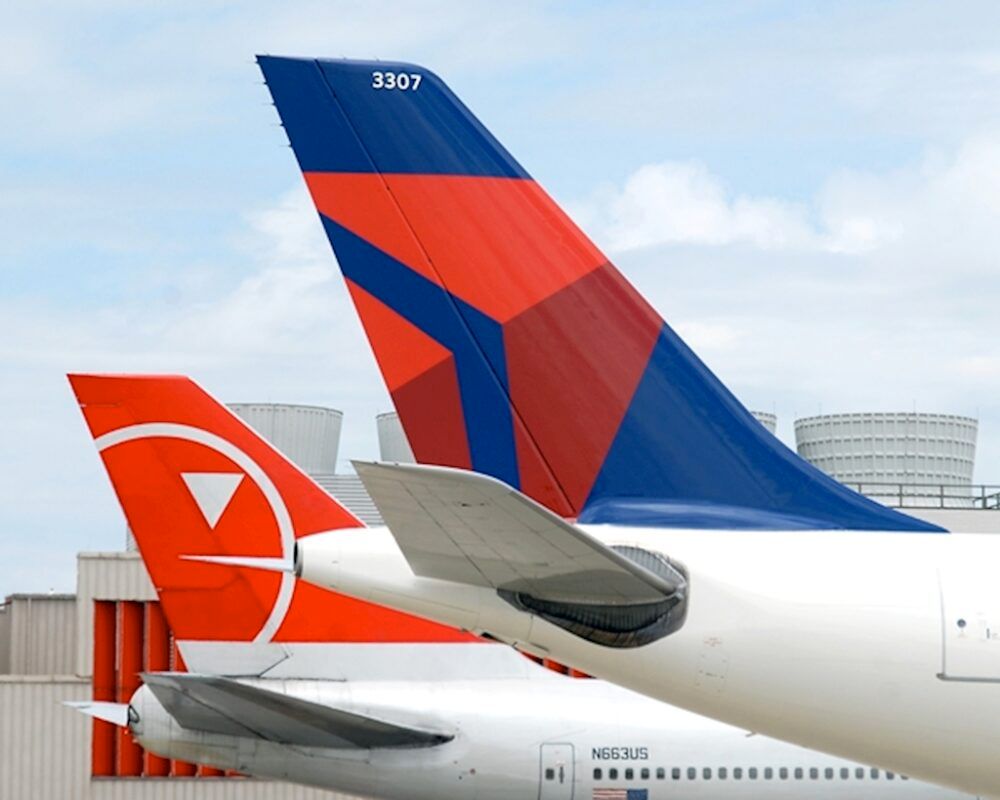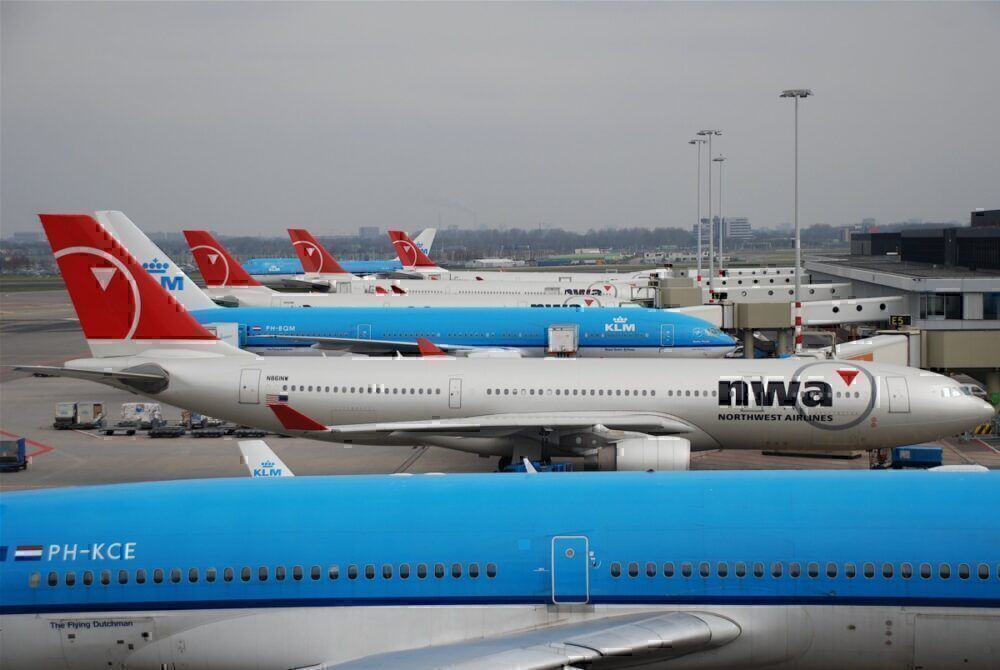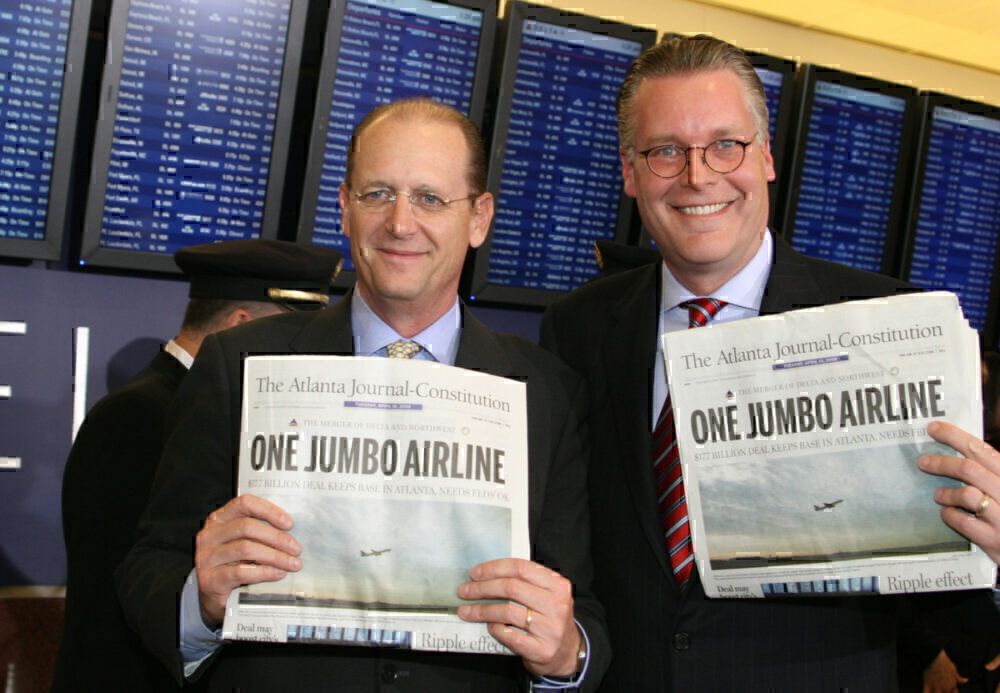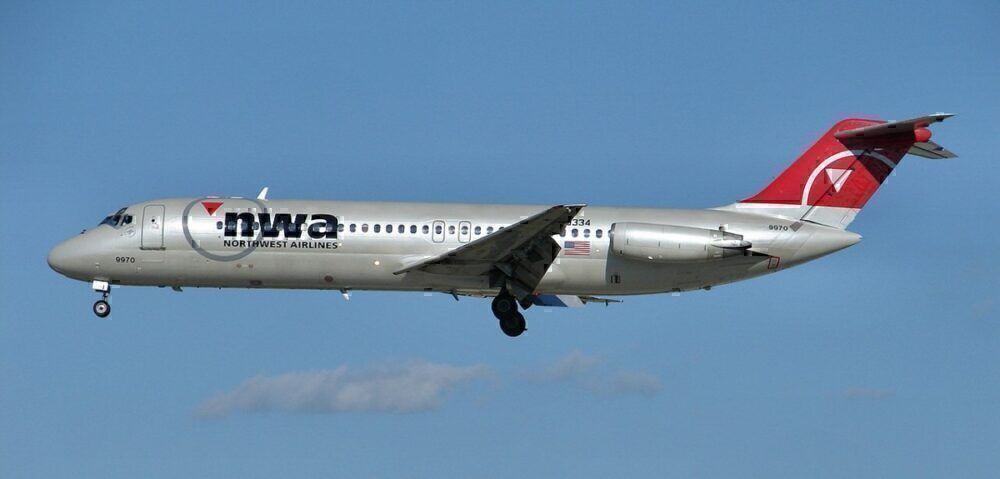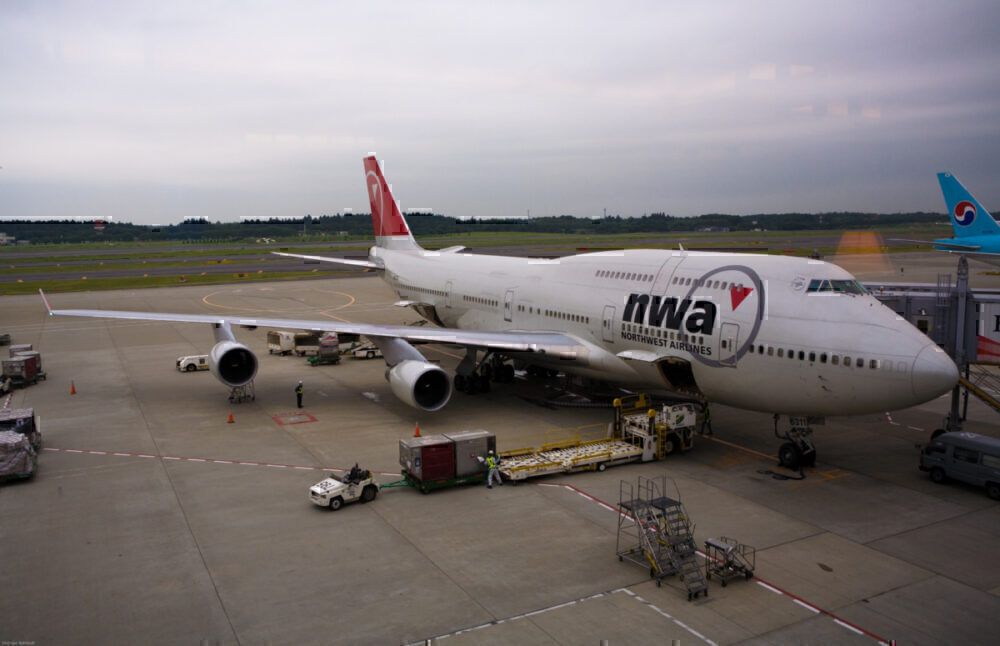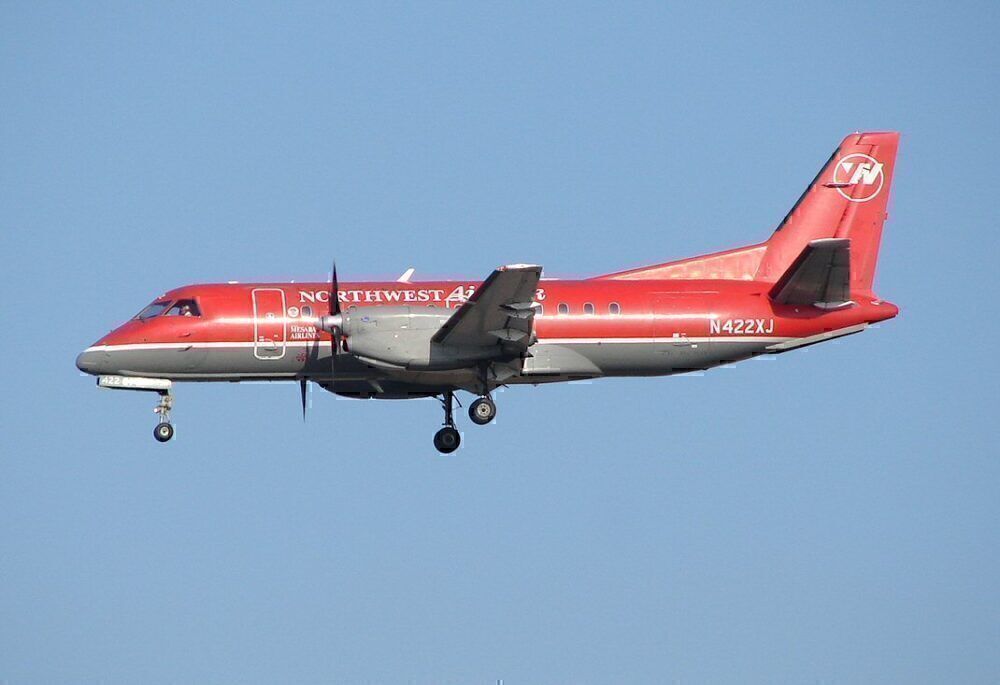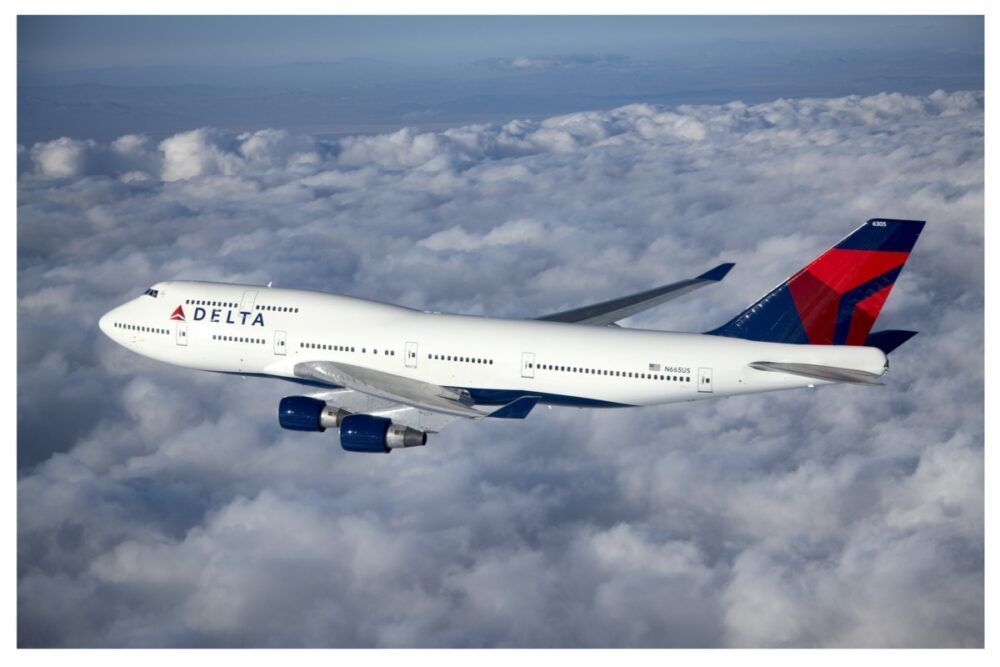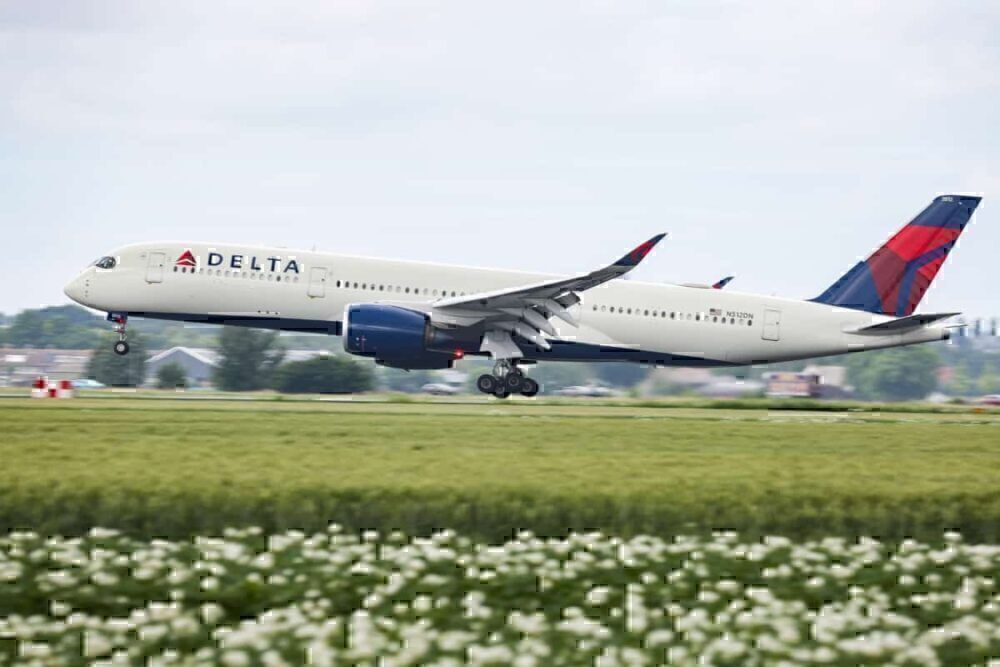The Delta Air Lines that is recognized across the world today came about in 2008 when Delta and Northwest announced plans to merge. In December 2009, Delta and Northwest's operating certificates were combined, and the carriers officially became one big airline. It has been almost 11 years since that merger. Here's the story behind it.
The announcement of the merger
On April 14th, 2008, Delta Air Lines and Northwest Airlines (NWA) announced an agreement to merge and create a $17.7 billion enterprise. The name "Delta" would survive the merger, and the combined airline would serve passengers across the US and around the world with its multiple hubs.
In a press release detailing the merger seen by Simple Flying, the new Delta touted service to more than 390 destinations in 67 countries through mainline and regional services with a fleet of almost 800 aircraft. While the new airline would be headquartered in Atlanta, Northwest's legacy status in Minneapolis and, more broadly, in Minnesota would remain.
Stay informed: Sign up for our daily aviation news digest.
Richard Anderson, then-CEO of Delta Air Lines, stated the following at the time of the merger:
"We said we would only enter into a consolidation transaction if it was right for all of our constituencies; Delta and Northwest are a perfect fit. Today, we’re announcing a transaction that is about addition, not subtraction, and combines end-to-end networks that open a world of opportunities for our customers and employees. We believe by partnering with our employees, including providing equity to U.S.-based employees of Delta and Northwest, this combination is off to the right start. Together, we are creating America’s leading airline – an airline that is financially secure, able to invest in our employees and our customers, and built to thrive in an increasingly competitive marketplace."
Northwest's CEO, Doug Steenland, stated the following:
"Today’s announcement is exciting for Northwest and its employees. The new carrier will offer superior route diversity across the U.S., Latin America, Europe and Asia and will be better able to overcome the industry’s boom-and-bust cycles. The airline will also be better able to match the right planes with the right routes, making transportation more efficient across our entire network. In short, combining the Northwest and Delta networks will allow the strengthened airline to realize its full global potential and invest in its future."
At the start of the merger, the plan was for the airline to maintain all hubs across both networks. This included Atlanta, Cincinnati, Detroit, Memphis, Minneapolis/St. Paul, New York–JFK, and Salt Lake City in the US with international hubs in Amsterdam and Tokyo-Narita.
Northwest and Delta complemented each other. Northwest Airlines was strongest in the upper Midwest, where Delta was weaker. And, Delta was stronger in the transatlantic and Latin American markets, where Northwest was weaker. The two airlines had little overlap and were already partners in the same airline alliance, making a merger an ideal situation.
The end of Northwest Airlines
After receiving approval from regulatory agencies in the US and EU, Delta and Northwest Airlines merged on October 29th, 2008. In March 2009, Northwest's employees began wearing Delta uniforms, and all Northwest Airlines WorldClubs were renamed "Delta Sky Clubs." Northwest's loyalty program, WorldPerks, and Delta's SkyMiles merged in October 2009.
Finally, on December 31st, 2009, the Federal Aviation Administration (FAA) granted a single operating certificate for Delta and Northwest. From then on, the airlines began to integrate their schedules, routes, and reservation systems fully. On January 18th, 2010, Philadelphia International Airport became the last airport to undergo a rebranding of Northwest Airlines counters and kiosks to Delta's branding.
And, on January 31st, 2009, NW2470 departed Los Angeles International Airport for Las Vegas at 20:45 Pacific Time, becoming the last Northwest Airlines flight. That same day, the integration of NWA's reservation system into Delta was completed, and all traffic to NWA's website was redirected to Delta's.
The post-merger landscape
Fleet-wise, Delta recorded 983 aircraft in its fleet as of December 31st, 2009 spread across the following types with a total of 983 planes:
- Boeing 737 (-700 and -800)
- Boeing 747-400
- Boeing 757 (-200 and -300)
- Boeing 767 (-300, -300ER, and -400ER)
- Boeing 777 (-200ER and -200LR)
- Airbus A319
- Airbus A320
- Airbus A330 (-200 and -300)
- MD-88 and MD-90
- DC-9
- Bombardier CRJ (-100, -200, -700, -900)
- Saab 340B+
- Embraer E175
Plenty of regional jets went to third-party carriers, and the airline moved to streamline operations. By the end of 2014, Delta had retired the DC-9s, sent off the Saab 340s, moved the regional jets over to subsidiaries, and turned to Airbus with orders for A330-300s, A330-900neos, A350-900s, and A321-200s. It also retained an order for 787s it inherited from Northwest and later canceled.
In December 2017, Delta Air Lines pulled the Boeing 747-400 from revenue commercial service. One month later, the airline had retired the "Queen of the Skies," that it inherited from Northwest Airlines. Delta was not much of a jumbo jet fan, despite some of the lavishness of its past, and instead preferred twinjets that were more fuel-efficient. In the early days of the merger, Delta retired the dedicated Boeing 747 freighters that Northwest flew under its cargo division.
Post-merger, Delta had seven domestic US hubs in Atlanta (ATL), Detroit (DTW), Minneapolis (MSP), Cincinnati (CVG), Memphis (MEM), New York (JFK), and Salt Lake City (SLC). While the airline initially planned on keeping all of these hubs, it became clear that this was going to be inefficient in the long-run.
Memphis, a legacy Northwest hub, was axed in favor of Atlanta, which is the airline's largest hub and was pre-crisis, the busiest airport in the world. Cincinnati was cut and is down to a focus city in favor of Detroit. While this did go back on Delta's initial plans to operate all hubs, the airline needed to make the moves to streamline and maintain efficiency.
Today, Delta maintains significant operations in Minneapolis and Detroit. The two airports are major hubs for the airline. Northwest Airlines was well-known for flying to regional destinations across the Upper Midwest, which Delta has maintained.
In some airports like Grand Forks, North Dakota; Aberdeen, South Dakota; Hibbing, Minnesota; Iron Mountain, Michigan; and more, Delta is the only full-service carrier, and sometimes only airline, flying there. Although, where Northwest's regional arm, Northwest Airlink, used to fly in Saab 340s, Delta's regional arm, Delta Connection, now flies in jets– a major upgrade for customers.
Do you have fond memories of Northwest Airlines? What is your opinion on the Delta-Northwest merger? Let us know in the comments!

